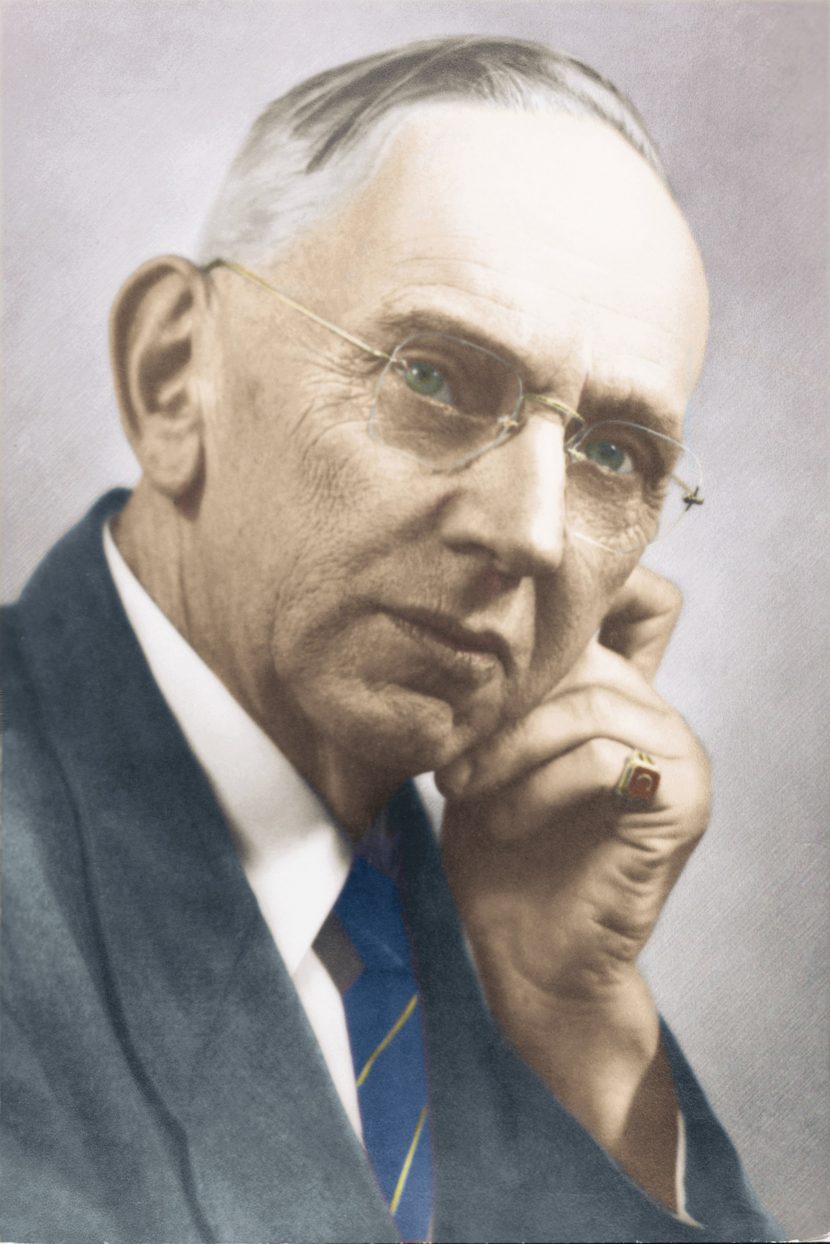Part 2 of 4
Nobody exists in a vacuum. Society influences everybody.
Consider Edgar Cayce a Western version of an Eastern yogi. He’s what a yogi would be if they were shaped by Western society.
As a Westerner, it was inevitable he come into contact with people who wanted to objectively and subjectively study his talents.
Once, when he was in a trance, a doctor stuck long needles into his hands and feet to see if he was faking.
He wasn’t. Cayce stayed in the trance.
Concerned about his safety, further studies ended with that episode. It wasn’t his job to convince anyone, Cayce said. Some people will never be satisfied. He said his job was to use his talents for all the good he could.
The ways of someone like Cayce can’t be easily replicated or studied.
That was back in the 1930s and 40s.
Why does he still matter today?
How Cayce changed the world
- He influenced and modeled a trend of religious liberalism by mixing doctrines. Doing that takes it out of the realm of “experts.” Cayce is a model of researching and seeking your truth on your own. Personal religious truth is just one example of this. Christians, traditionally, don’t believe in reincarnation. “A man has to be pretty brave to face the fact that one lifetime of suffering is only a step toward heaven.” He also noticed how people become fascinated and obsessed with the fact that they had been one thing or another in a previous life. Who they had been previously didn’t matter to the extent they wanted it to. Other odd references in his readings, like the Akashic Records — a kind of universal supercomputer that records every soul’s thoughts and deeds — were hinted at in belief but not precisely named. This trend of mixing and matching ideas from different areas influenced things like addiction treatment and counseling. The 12-step program for addiction and Cayce’s hospital were contemporaries.
- Some consider him the real founder and principal source of the most characteristic beliefs of the New Age movement, especially much of the vocabulary.
- He mixed and matched alternative medicine approaches. This approach has taken hold and expanded. Because his information purportedly came from a “universal mind,” unlike a traditional practitioner, his treatments were a mix of homeopathic, naturopathic, osteopathic, and allopathic schools. Commenting on this, one contemporary doctor said, “Edgar seems to use them all, and it doesn’t make sense.” With the Internet, future alternative practitioners will undoubtedly use a mix of different schools.
- He wasn’t the first in history to use psychic diagnosing. Why would he be the last? In 1784 a hypnotist named Armand Marie-Jacques de Chastenet (the Marquis de Puysegur) hypnotized a young shepherd. The boy started diagnosing another person nearby. He found others with this ability in Germany, throughout France, and in England as well. The diagnoses were of varying quality, apparently, and fell out of favor. Cayce started the Association for Research and Enlightenment to continue the study of abilities such as these. His group continues today.
- As far as individual psychology, on the one hand, you have Sigmund Freud and his model of experts treating others. His work laid many of the cornerstones of clinical psychology. On the other hand, you have Carl Jung and his use of dreams to approach clinical therapy. Others, like Ann Faraday, built on insights by Jung and Cayce and popularized individual dream interpretation. Cayce wrote and expounded upon this personal approach.
- People believe they have psychic gifts to varying degrees. If someone is seeking to use them, Cayce is a potential role model, though certainly not a perfect one. He’s prominent enough, so he stands out with some basic research.
- The New York Times ran an article in 1910 on Cayce with the blaring headline “Illiterate Man Becomes Doctor When Hypnotized!” Cayce was far from illiterate. He worked in a bookstore, liked books, and read the Bible repeatedly. Slanted sensationalistic coverage obscures the truth, whatever it is. The trouble is reality can be long, drawn-out, somewhat boring, and full of caveats. By studying Cayce, you see, in a microcosm, how that’s repeated in other instances again and again. Critics tend to respond to these parodies, these strawmen, not the truth. That’s what sensationalistic coverage inevitably becomes.
- Cayce also is notable for many of his beliefs about nutrition in areas such as food combining, acid/alkaline diet, and the therapeutic use of food. None of that started with him, but his ideas form a significant body of work within the approach.
In case you missed it:
Part 1: Edgar Cayce Legacy: Evidence vs. Anecdote
Further reading:
Part 3: Edgar Cayce Quotes and Mindset
Part 4: Edgar Cayce Legacy: 10 Predictions Made By Looking At The Past
Other posts that may be of interest:
Emerge injury free and wiser after a love bombing
3 steps to face your nightmares
App helps jet lagged travelers cope
What you need to know about the American dream and dream journaling
James Cobb, RN, MSN, is an emergency department nurse and the founder of the Dream Recovery System. His goal is to provide his readers with simple, actionable ways to improve their health and maximize their quality of life.
We use some affiliate links. If you click on a link and make a purchase, we may receive a commission. This has no effect on our opinions.
